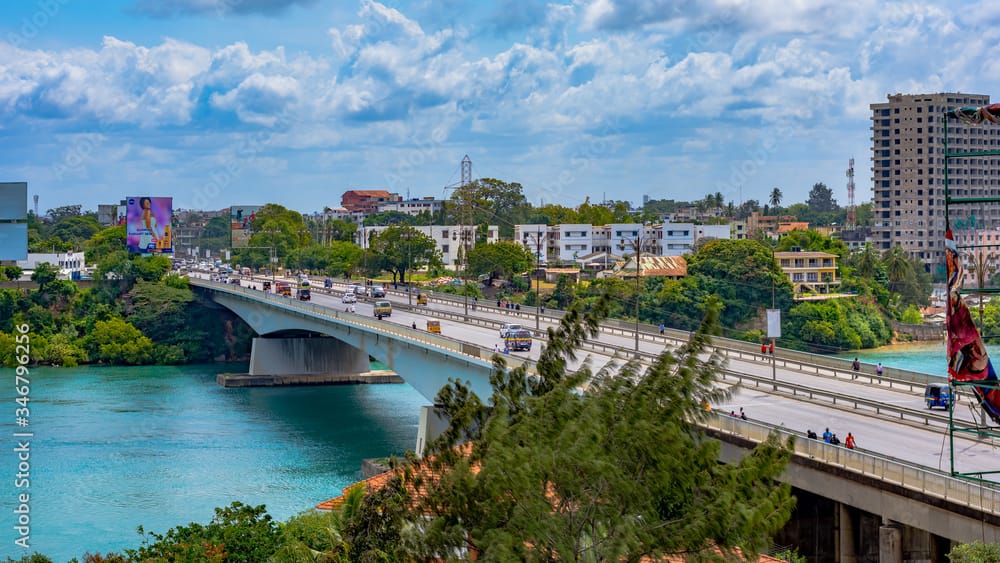Kenya: The Rise of Rutonomics

President William Ruto's economic reforms have yielded positive results for the largest economy in East Africa.
Why is this important: President Ruto campaigned on a 'bottom-up' economic model that aimed to strengthen the Micro, Small, and Medium Enterprises (MSMEs) economy, create a strong digital superhighway and creative economy, improve housing and settlement, healthcare, agriculture, and tackle climate change. These reforms are designed to lower the cost of living, empower youths, improve foreign reserves and expand the tax base.
Promising signs: Although the implementation of these economic reforms faced challenges and criticisms due to their social and economic impact, the progress made so far has been promising. Kenya's economic performance has improved since 2022, with GDP rising to 5.9% in the third quarter of 2023 compared to 4.3% in the previous year and is expected to grow to 6.0% in 2024. The annual inflation rate fell to 6.3%, its lowest rate since March 2022. The Kenya shilling has also performed strongly against the dollar, reaching an all-time high of Ksh.161 last month.
The bottom line: Kenya's Rutonomics is getting approval from international and domestic investors, reflected in the recent growth of the NSE All-share index and the vote of confidence from global and domestic investment managers.



